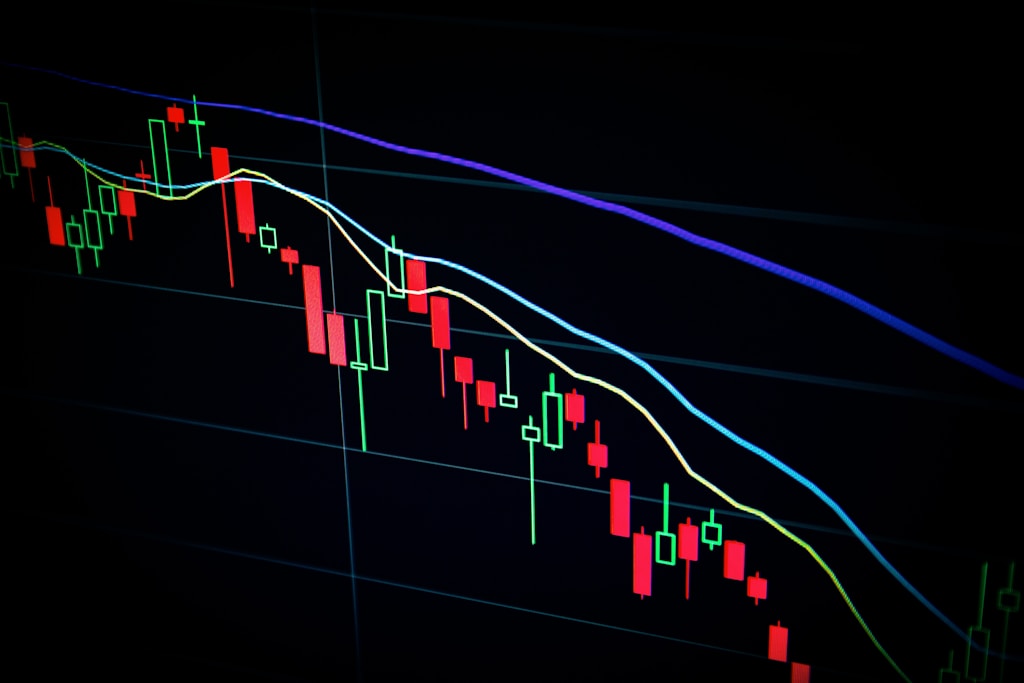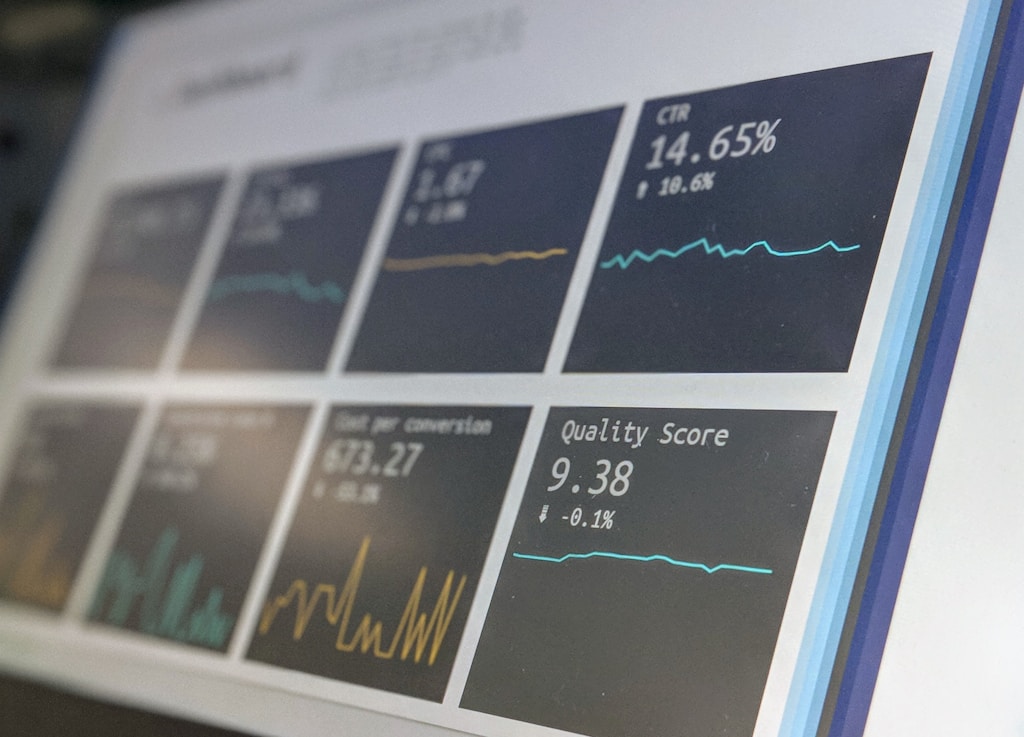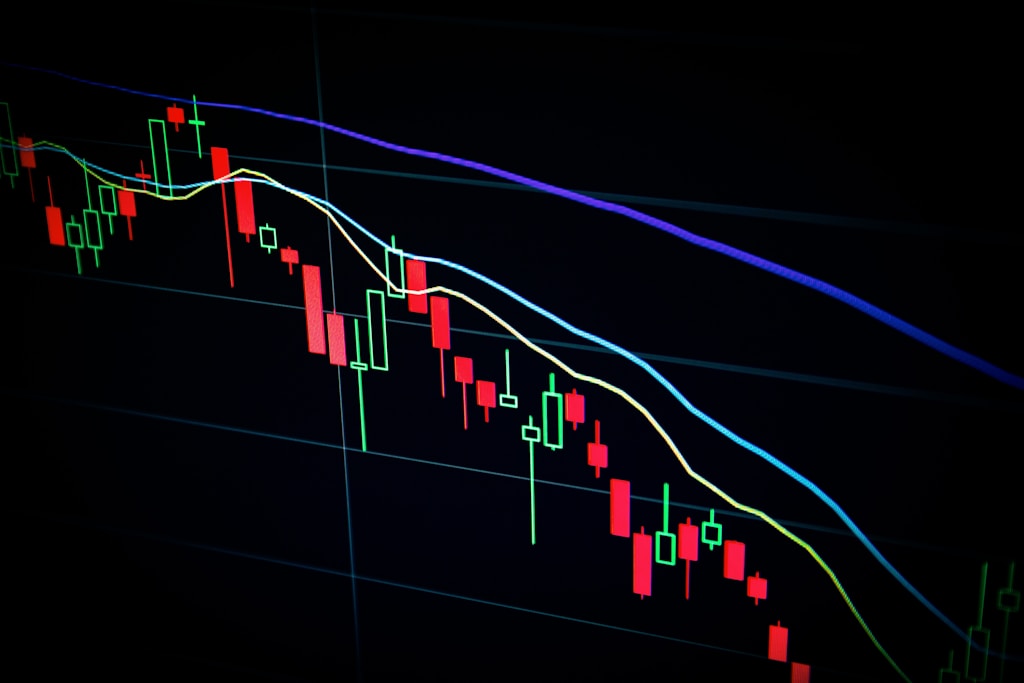Former U.S. President Donald Trump has intensified his criticism of Federal Reserve Chair Jerome Powell, calling for immediate interest rate cuts and Powell’s removal from office. This development comes at a crucial time for both traditional and crypto markets, as monetary policy continues to influence digital asset valuations.
Trump’s Latest Attack on Fed Leadership
In a strongly worded statement, Trump declared that “Powell’s termination cannot come fast enough,” accusing the Fed Chair of being “always too late and wrong” in his policy decisions. This criticism aligns with Trump’s recent stance on dollar policy, which has contributed to growing de-dollarization concerns.
Impact on Crypto Markets
The Federal Reserve’s monetary policy decisions have historically shown significant correlation with cryptocurrency market movements. Current market data indicates that Bitcoin continues to hold strong above $82,000, despite the political tension surrounding the Fed.
Market Implications and Analysis
Financial experts suggest that Trump’s comments could increase market volatility, potentially affecting both traditional and crypto markets. The uncertainty surrounding Fed leadership could drive more investors toward crypto assets as a hedge against policy instability.
Frequently Asked Questions
How would Powell’s removal affect crypto markets?
A change in Fed leadership could lead to increased market volatility and potentially drive more investors toward cryptocurrency as a hedge against uncertainty.
What is Trump’s stance on interest rates?
Trump advocates for immediate rate cuts, arguing that current rates are hampering economic growth and market performance.
How does Fed policy impact cryptocurrency prices?
Federal Reserve monetary policy decisions typically influence crypto markets through their effect on dollar strength and overall market liquidity.
Looking Ahead
As this situation develops, market participants should monitor both Fed policy decisions and political developments that could impact monetary policy direction. The cryptocurrency market’s response to these events could provide important indicators for future price movements.




